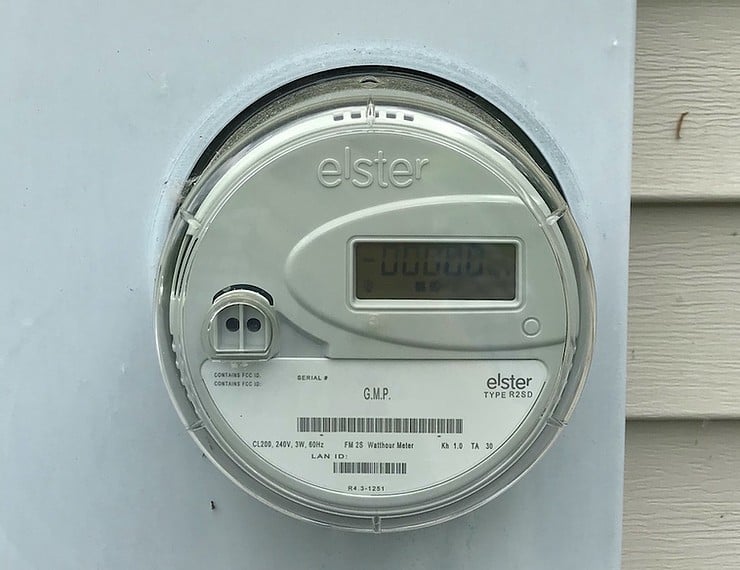Updated: 3 days ago
You know that it pays to switch to a renewable energy source, but it turns out that solar can save you money in more than one way.

Install solar. Insert plug. Run your house on the power of the sun. Simple, right? Well, if that were the case, you’d only get a fraction of the full benefit of your solar panels. In Vermont, that’s where net metering comes in.
Why We Need Net Metering
The sun has the capacity to provide a ton of energy—enough to continuously run a 25-inch TV on every square inch of the earth and then some. But, in the real world, the hours that the sun is up and the hours when our homes need the most juice don’t always overlap. Think about it—you don’t need all your lights on when there’s plenty of natural light streaming in or when you’re at work. (And on the flip side, ever wonder how much power you used to watch The Office on Netflix until bed?)
Fortunately, Vermont’s net metering system ensures that your wallet sees the full benefit of going solar.
What Is Net Metering?
A solar array produces power (measured in kilowatt-hours, or kWh) during the day. Some of this energy feeds the devices and appliances in your home in real-time. (Even if you’re not home, things like your fridge, computers, or modem still use power.)
But, when the sun is at its peak, your system generates far more kilowatts than you need. With net metering, this energy doesn’t go to waste. It feeds back into the grid, so other folks in your area can run their homes on green energy. Importantly, you get paid the power you supply by the utility company. Your meter counts the kilowatt-hours, and your utility company credits your electric bill for the corresponding amount.
Then, when the sun goes down or during times of lower solar production, like winter, the energy you use from the grid is largely or entirely paid for by the credits you’ve accumulated during the day or summer.
In general, you sell to the grid at a little less than what you buy from the utility, but this varies utility by utility. It’s worth noting that Vermont’s Public Utility Commission has changed the net metering rates over the years as well. Fortunately, once you sign up for solar, your net metering rate is locked in for 10 years.
Net Metering vs. Off-Grid
Completely cutting the cord with the utility program sounds appealing, but in our experience, off-grid usually does not have the same return on investment as grid-tied. It requires a much larger system because you have to size it to run your house on even the snowiest of winter days. But with net metering, your electricity bill is covered in December from credits you accumulated in July.
Off-grid is also a lifestyle that requires backup generators (yes, even if you have a battery, you very likely will need a generator too) and stricter energy consumption monitoring. Net metering, on the other hand, makes solar a simple way to save on electricity bills and make the shift to using more renewable energy.
Do Net Metering Credits Cover My Entire Electric Bill?
Some non-bypassable charges can’t be paid for with net metering credits. The first is a customer charge, essentially a membership fee for simply being connected to the grid. For Green Mountain Power (GMP), this is around $16.
The other one is an Energy Efficiency Charge. This charge funds statewide energy efficiency services provided by Efficiency Vermont. It is based on the amount of electricity you consume from the grid. So that means, to keep this charge low, you’ll want to prioritize using your home-grown electricity on-site whenever possible—so running things like your dishwasher or an electric drier during sunny days.
(Utility customers without solar are also charged this fee, but it’s a flat fee, not variable based on energy consumption. For residential customers, it’s $6.80 per month as of July 1, 2021.)
By Julia Westbrook

Leave a Comment